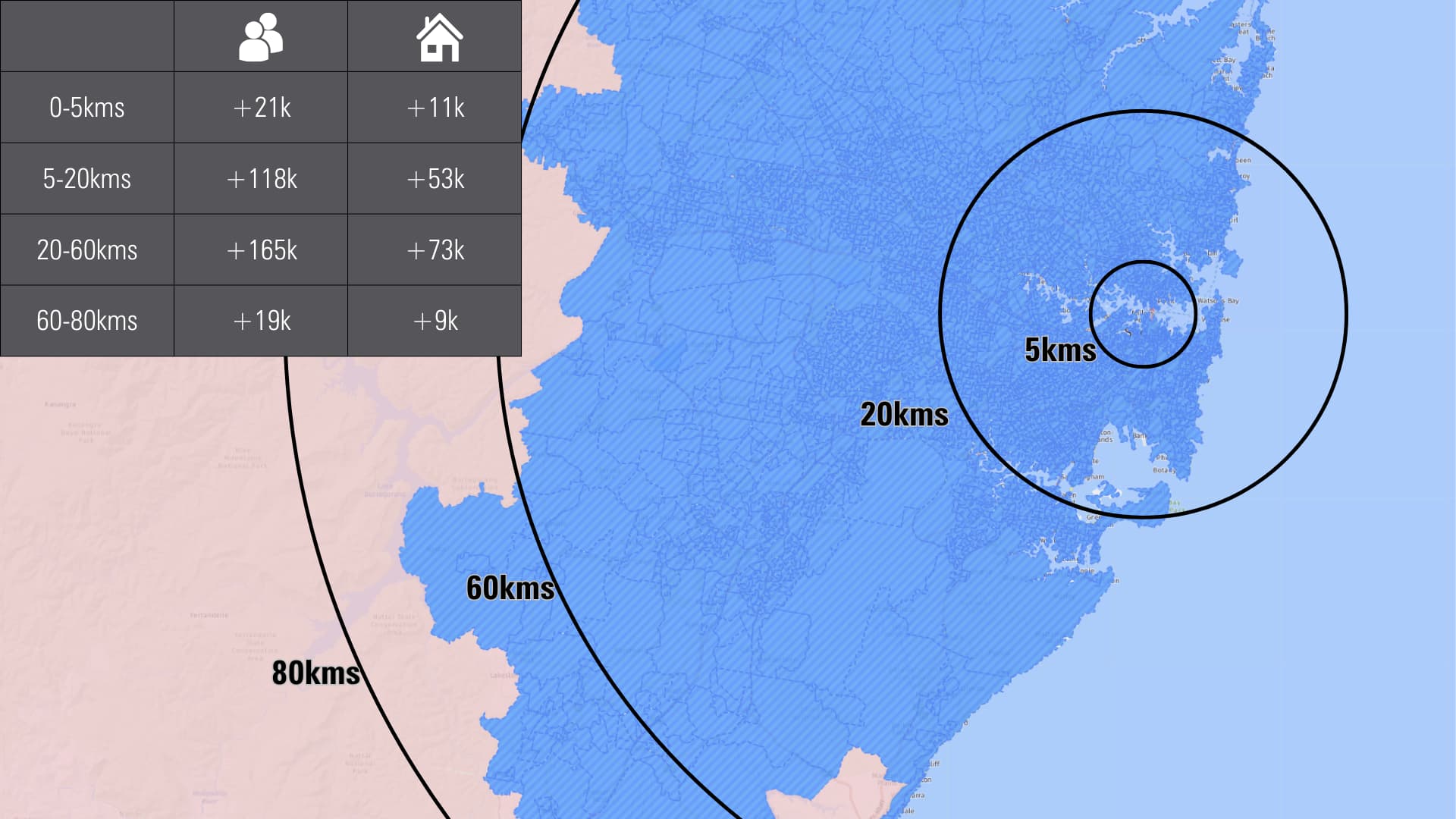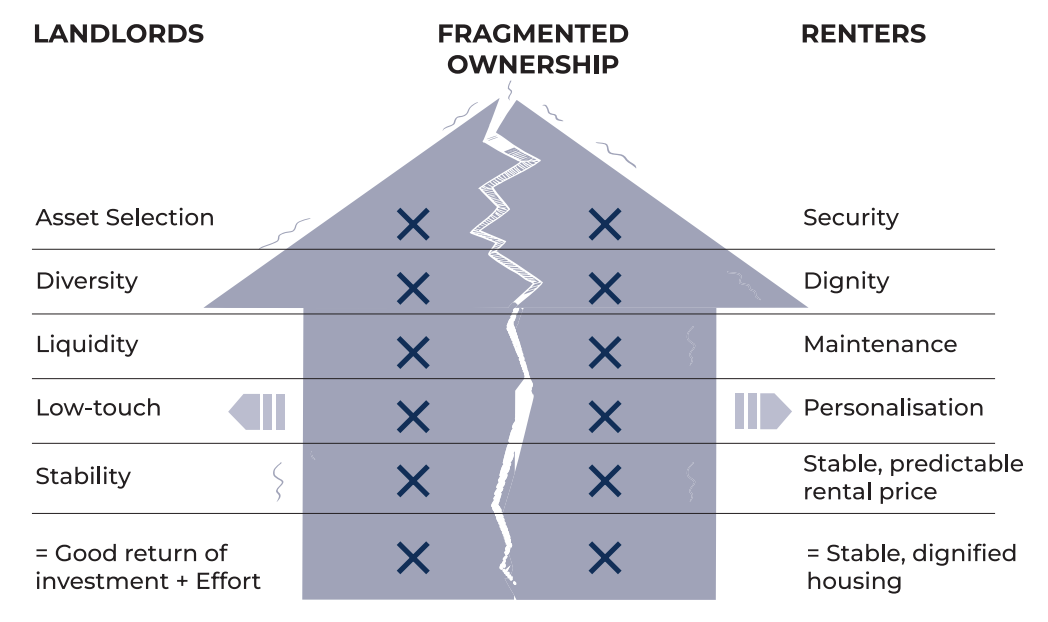Housing unaffordability affects an entire community but can be especially challenging for key workers, who often have lower-paying jobs. This impacts the local economy (being able to to attract or retain essential workers) and the level of service to the wider community. In this blog, Demographic Consultant Nenad Petrović demonstrates the value of keeping key workers close to their jobs and the role governments can play in this space. You can also use an interactive LGA chart to understand the difference between the number of key workers who work in an LGA and the number that key workers that work and live there.
The need for key workers to live close to work
Key workers are crucial to a community’s wellbeing. While there's no standard definition, they typically hold essential jobs that require physical presence. More nuanced views also take into account which occupations and industries are vital to the local economy.
Keeping key workers close to their place of work is best for the economy and the social fabric of a community. Housing unaffordability pushes key workers to look for housing further away from their place of work, places of social interaction, support networks, schooling, etc. This can impact a region’s ability to attract or maintain key workers in roles necessary for places to operate and thrive.
Without an adequate level of key worker labour supply that can afford to live close to work:
- Local industry will face additional costs and experience impacts on competitiveness (e.g. job retention, recruitment costs, etc.)
- Workers will face additional costs in the form of transport or housing, resulting in a fall in disposable income and leisure time, which impacts the local economy and the liveability of residents.
- This mismatch between industries and the workforce has implications for economic growth and the success of key employment precincts.
A 2023 research report by the University of Sydney found that the number of essential workers living within 15 km of Sydney and Melbourne CBDs is declining and that there are now no Local Government Areas (LGAs) across Sydney or Melbourne with a median house price that is affordable to an early-career essential worker.
Key worker housing affordability is not just a city problem
The same research mentioned above found that affordability issues, once confined to Sydney and Melbourne, now extend to outer suburbs and coastal regional areas. In regions with rising housing unaffordability, keeping key workers close to their jobs is crucial. When these workers cannot afford nearby housing, they are forced to live farther away, resulting in longer commutes. In areas with limited public transport, commuting by car becomes the primary option, adding financial burdens from fuel cost, maintenance, and time. Long commutes can increase absenteeism and turnover rates among key workers, worsening staffing shortages and disrupting essential services.
The interactive chart below provides a simple overview of the number of "traditional key workers"* who work in the five largest LGAs in each State/Territory compared with the number of key workers who work and live within the same LGA. For example, 15,438 traditional key workers work in Blacktown City, NSW. Of those, 7,327 also live there (47% of all key workers). Contact us if you'd like to know these statistics for your LGA.
Many workers might live in nearby LGAs within a reasonable commuting distance, so the chart above doesn't necessarily speak to the larger issue. Some areas, especially CBDs, are designed as job hubs with many key workers but few residents. For example, only 15% of over 18,000 key workers in the City of Sydney live there, and in the City of Adelaide, just 3% of nearly 15,000 key workers reside locally.
Therefore, additional analysis is required to understand where key workers in your LGA live. Are they all living within 5-10km of their place of work, or are distances from work longer? A complete picture also requires an understanding of the occupations / industries that are key to the local economy, who these workers are, they're socio-economic status and how the contribute to the economy and community.
Local governments can influence housing affordability outcomes for key workers
We have worked with several local government authorities across Australia to help understand key workers, their characteristics, housing needs and affordability trends. Please see the City of Melbourne case study here.
Local government authorities can take several measures to address housing unaffordability for key workers in their municipality, including challenging assumptions about higher-density developments within local planning considerations, working with developers to ensure key workers have access to new housing, collaborating with State Governments and discussing releasing additional land or engaging constructively in zoning conversations.
Done properly, this work can mitigate worker shortages in vital sectors, boost the local economy with a stable and accessible workforce, and enhance liveability for essential workers.
We can help
If you’d like to understand the housing affordability trends of your key workers, please get in touch with us.
Through our work in this space, we have developed our key worker housing affordability analysis. This work is designed as an evidence base, identifying local key occupations and workers, articulating their role in the economy, profiling their demographic and socio-economic characteristics (including travel to and from work) and reviewing housing affordability for these workers.
See here for more details.
*Definition of traditional key worker occupations (34 in total):
Education Professionals, School Teachers, Early Childhood (Pre-primary School) Teachers, Primary School Teachers, Secondary School Teachers, Special Education Teachers, Miscellaneous Education Professionals, Private Tutors and Teachers, Teachers of English to Speakers of Other Languages, Education Aides, Midwifery and Nursing Professionals, Midwives, Nurse Managers, Registered Nurses, Enrolled and Mothercraft Nurses, Ambulance Officers and Paramedics, Protective Service Workers, Defence Force Members, Fire Fighters and Police, Fire and Emergency Workers, Police, Prison and Security Officers, Prison Officers, Education, Health and Welfare Services Managers, Legal, Social and Welfare Professionals, Social Workers, Welfare, Recreation and Community Arts Workers, Community and Personal Service Workers, Health and Welfare Support Workers, Welfare Support Workers, Carers and Aides, Personal Carers and Assistants, Aged and Disabled Carers, Nursing Support and Personal Care Workers.









